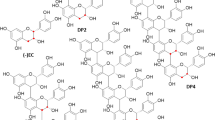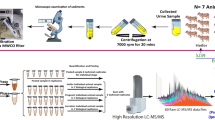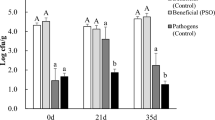Abstract
DURING several trials carried out by us with different hormones in the control of button shedding in the coconut, there was clear indication that, while sprays of 2,4-dichlorophenoxyacetie acid in 30 p.p.m. strength helped in securing a heavy set of buttons, quite a large number of them turned out to be abnormal or barren and markedly reduced in size when they attained maturity. This was observed to be particularly pronounced when pre-fertilization sprays were given. Although a change from pre-fertilization to post-fertilization sprays brought about a considerable reduction in the occurrence of abnormal and barren nuts and an appreciable improvement in the size of nuts at maturity, it did not help in completely offsetting the defects. It was therefore thought worth while to test the utility of coconut milk and cow's urine in overcoming these defects, since these might, by virtue of their growth-promoting properties, be expected to fortify the action of 2,4-di-chlorophenoxyacetic acid, acting synergistically1 or in some other way.
This is a preview of subscription content, access via your institution
Access options
Subscribe to this journal
Receive 51 print issues and online access
$199.00 per year
only $3.90 per issue
Buy this article
- Purchase on SpringerLink
- Instant access to full article PDF
Prices may be subject to local taxes which are calculated during checkout
Similar content being viewed by others
References
Steward, F. C., and Caplin, S. M., Science, 108, 655 (1948); 113, 518 (1951); Ann. Bot., N.S., 16, 491 (1952).
Author information
Authors and Affiliations
Rights and permissions
About this article
Cite this article
GANGOLLY, S., PANDALAI, K. Fortifying Influences of Coconut Milk and Cow's Urine on 2,4-Dichlorophenoxy- acetic Acid in the Control of Button Shedding in the Coconut. Nature 181, 855 (1958). https://doi.org/10.1038/181855a0
Issue date:
DOI: https://doi.org/10.1038/181855a0



